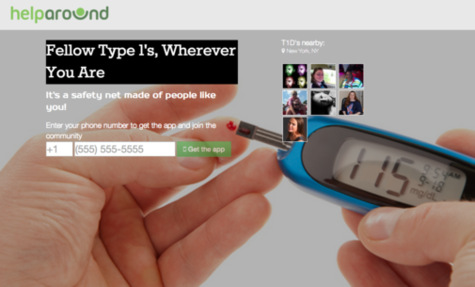It’s official: starting April 21st, Google will begin ranking websites in their search engine based on mobile friendliness. According to Google Trends analyst Zineb Ait Bahajji, this change in the search algorithm will affect search results more than the previous Penguin and Panda updates. With this in mind, small businesses need to start updating their web pages to make sure they’ll rank well with mobile friendliness in mind. If the website for your small business does not pass Google’s mobile friendly test, you could lose a lot of web traffic and, in the long run, business. At TalkLocal, we were ahead of the game and considered mobile friendliness an important thing for our website since day 1. Here are some tips that can help make your small business’ website mobile friendly.
Make sure your content is not wider than your screen
This is a common issue which makes many websites unfriendly for mobile devices. If the content on your website is bigger than a phone screen, this requires users to scroll left and right in order to see the whole image. To fix this, minimize your use of big text, space your images out, and make sure said images are small enough for smartphone screens.
Space out the links on your page
Links are a very important aspect of a well-designed website. The issue with links on mobile websites is when they’re too close to each other. It can be hard to click the right link with your fingers on a smartphone if they’re spaced too close to each other. Many smartphone users click links with the thumb of the same hand they are holding the phone with; keep this in mind when laying out links on your website.
Make sure the mobile viewport for your website is set
This technical issue is the main problem for 9 out of 10 mobile-unfriendly websites. The mobile viewport sets how you wish your website to appear on smartphones and, when not set, can cause your website to appear on people’s screens as big as it would on a computer monitor. If your website displays in landscape format on smartphones, that means your mobile viewport is not set. By using Responsive Design, you can eliminate this issue, and peoples phones will display your website based on their screen sizes.
Constantly keeping track of whether or not your website is optimized for Google’s continuous analytics updates can be tough. Still, increasing consumer appeal is at the heart of Google ranks so, like all of Google’s suggestions, having a mobile friendly website has its own value and is worth the effort. Of course, if you’re interested in a way to reach mobile and online consumers without relying on Google rankings, check out TalkLocal. TalkLocal ranks businesses based on their schedule, location, and job preferences, not their digital marketing budget. If you have a business and a phone, you can hear from actively searching consumers only minutes after they’ve submitted an online service request that matches your job preferences. Click here to learn more.











